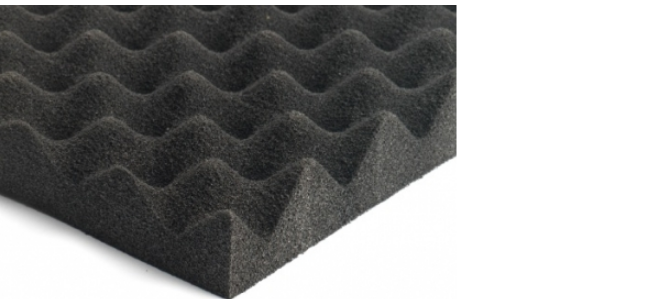
Class 0 Foam is a specialized type of foam renowned for its exceptional fire-resistant properties. Treated with a mineral compound, Class 0 Foam is engineered to achieve a nil burn rate, making it ideal for high-risk fire applications. This advanced foam is chemically inert and non-dusting, which contributes to its versatility in various applications. In this article, we will explore the key features, benefits, and applications of Class 0 Foam, ensuring a comprehensive understanding of its advantages.
What is Class 0 Foam?
Class 0 Foam refers to a type of fire-resistant foam that has been specifically treated to prevent combustion and resist high temperatures. It is designed to offer enhanced safety in environments where fire risk is a major concern. The foam’s chemically inert nature and flexibility make it suitable for a range of applications, from industrial to marine uses.
Properties of Class 0 Foam
Class 0 Foam is characterized by several important properties:
- Fire Resistance: The foam is treated with a mineral compound that ensures it does not support combustion. This makes it highly suitable for applications with high fire risks.
- Chemical Inertia: Being chemically inert, Class 0 Foam does not react with other substances, which makes it safe for various environments.
- Flexibility: The foam’s flexibility allows it to be easily applied to curved surfaces and complex shapes, enhancing its versatility.
Benefits of Class 0 Foam
Class 0 Foam offers numerous benefits across different sectors. Here’s a closer look at its advantages:
Fire Safety
One of the most significant benefits of Class 0 Foam is its fire resistance. The foam’s nil burn rate ensures that it does not contribute to fire spread, making it a crucial material in fire-sensitive applications. This property is particularly valuable in settings such as engine rooms, generator canopies, and heavy vehicles where fire safety is paramount.
Acoustic Performance
Class 0 Foam is also known for its exceptional acoustic properties. High-density Class 0 Foam provides excellent sound absorption, making it ideal for environments where noise control is essential. It is widely used in engine rooms, industrial applications, and even automotive sectors to reduce noise levels effectively.
Ease of Handling
The foam is easy to handle and install, which simplifies the application process. Its non-fibrous nature means it doesn’t erode or migrate in air movement, ensuring that it remains effective over time. Additionally, Class 0 Foam can be supplied with various facing materials or surface coatings to meet specific requirements.
Applications of Class 0 Foam
Class 0 Foam’s versatility makes it suitable for a wide range of applications across different industries.
Industrial Applications
In industrial settings, Class 0 Foam is used for its fire-resistant and acoustic properties. It is commonly applied in engine rooms, generator canopies, and heavy vehicles to enhance safety and noise control. The foam can be supplied in sheets, roll form, or profiled shapes to fit various industrial requirements.
Marine Sector
For marine applications, Class 0 Foam is available with foil-facing fronts and PVC barriers to act as effective sound barriers. This makes it a valuable material for use in ships and other marine vessels, where both fire safety and acoustic performance are crucial.
Automotive Sector
In the automotive industry, Class 0 Foam is used for cabin trim panels and headliners. Its high-density variant offers excellent sound absorption, contributing to a quieter and more comfortable driving experience. The Silver Dolphin fabric option is recommended for these applications to enhance the foam’s performance and durability.
Installation and Maintenance
Installation Tips
To maximize the effectiveness of Class 0 Foam, proper installation is essential:
- Coverage: Ensure that at least 20-30% of the surface area is covered for noticeable acoustic effects.
- Placement: Position the foam panels at first reflection points and other areas where sound waves concentrate.
- Adhesion: Use appropriate adhesives or mounting brackets to secure the foam in place.
Maintenance
Class 0 Foam is relatively low-maintenance. Regular dusting with a vacuum cleaner or soft brush is sufficient to keep it clean. Avoid using water or harsh chemicals, as these can degrade the foam over time.
Read Also: Grow Lights Kits: Maximizing Your Indoor Garden
Conclusion
Class 0 Foam is an invaluable material for various applications, offering unparalleled fire resistance and acoustic performance. Whether used in industrial, marine, or automotive sectors, its properties make it a top choice for environments where safety and sound control are critical. If you have specific needs or questions about Class 0 Foam, don’t hesitate to contact Acoustafoam for expert advice and support. We look forward to helping you find the perfect solution for your acoustic and fire-resistant needs.
In summary, Class 0 Foam stands out for its fire-resistant properties and versatile applications, making it a key component in ensuring safety and enhancing acoustic performance across different industries.




